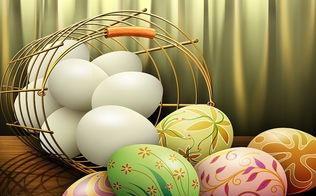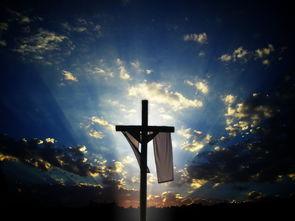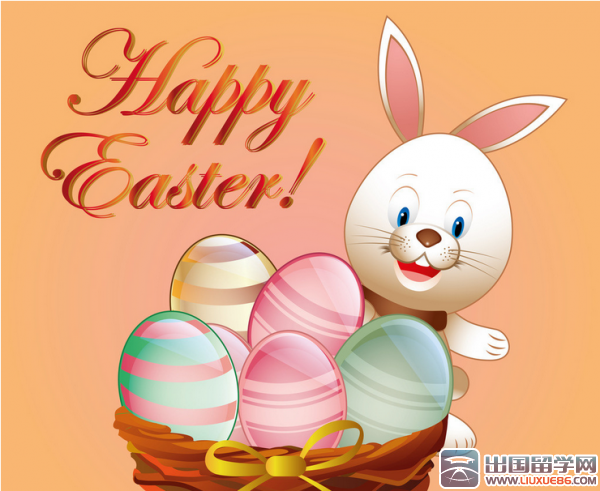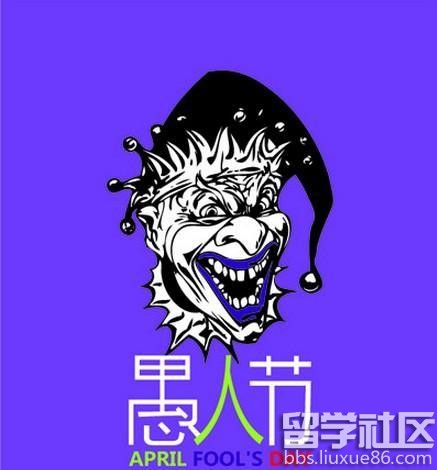
复活节(主复活日)是现今基督教徒的重要节日之一,定在每年春分月圆之后第一个星期日。这里出国留学网小编给大家带来了一些关于复活节的由来英文版介绍,欢迎阅读。
The origin of Easter——复活节的由来
Easter is the Christian commemoration of the resurrection of Jesus as a religious holiday.
复活节是基督教纪念耶稣复活的一个宗教节日。
Over the past year the spring equinox, the first full moon of the first Sunday after Easter.
Church of Christ in the early years of the date of Easter, there have been controversial, causing momentary confusion, until 325 AD, the priests of the Church of the meeting before deciding on a day to celebrate the unification of the Easter.
每年春分过去,第一次月圆后的第一个星期日就是复活节。
早年在基督教会中对复活节的日期曾经有过争议,引起一时混乱,直到公元325年,教士会议才决定整个教会统一在一天庆祝复活节。
There are a lot of the traditional Easter celebration, Easter egg is a symbol of the most typical.
In ancient times the eggs are often seen as more children and grandchildren and a symbol of resurrection, because it breeds new life.
复活节有不少传统的庆祝活动,蛋就是复活节最典型的象征。
古时人们常把蛋视为多子多孙和复活的象征,因为它孕育着新的生命。
Later, Christians also gives new meaning to the egg that it is a symbol of the tomb of Jesus, the life of the future is born from it and get rid of.
Easter eggs are often dyed red to represent the crucifixion of Jesus when the blood flow, but also a symbol of happiness after the resurrection.
...



